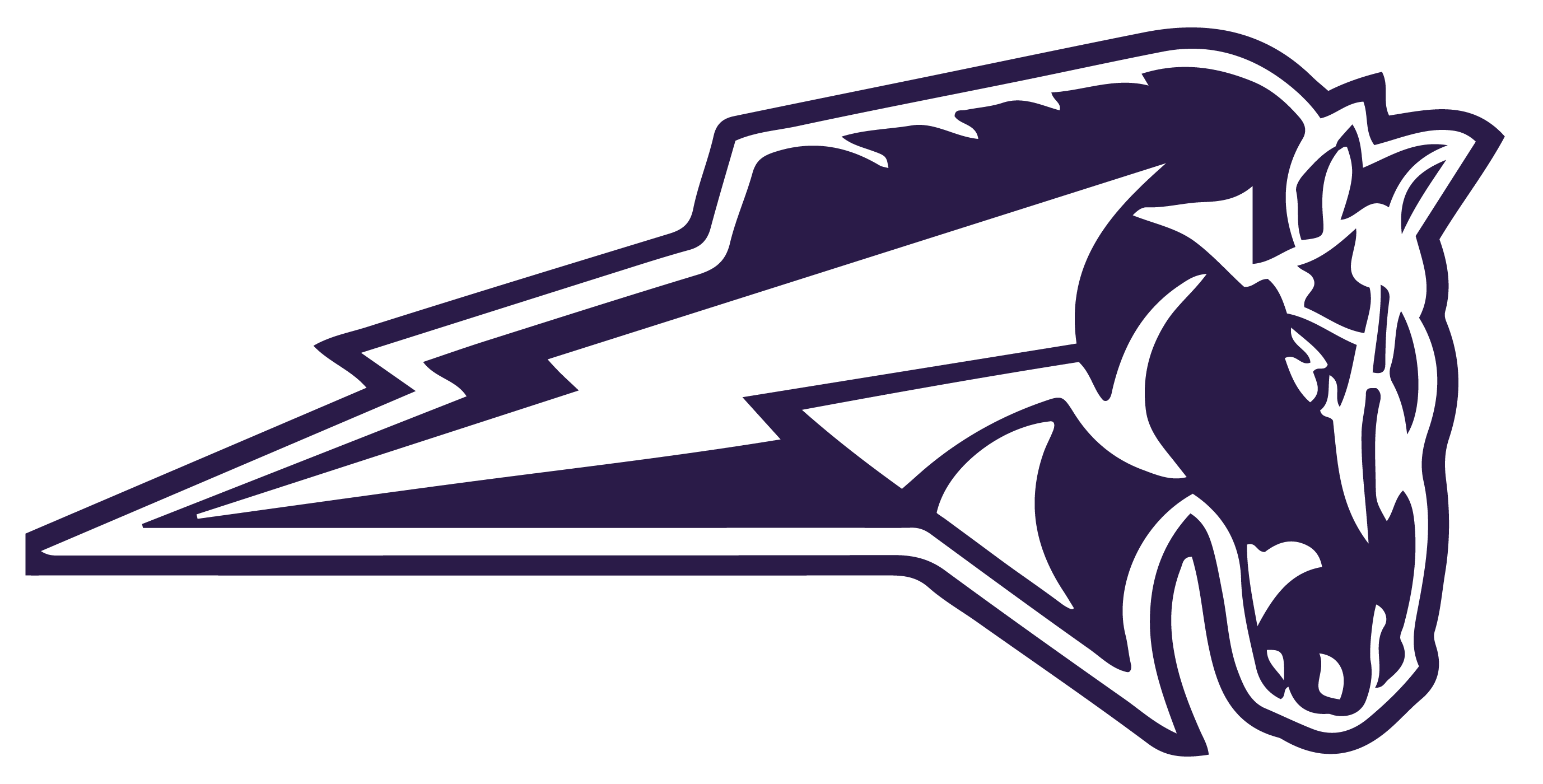10 - MATH
CONCEPTUAL CATEGORY: GEOMETRY [G] CONGRUENCE G-CO
A. Experiment with transformations in the plane.
5. Given a geometric figure and a rotation, reflection, or translation, draw the transformed figure using, e.g., graph paper, tracing paper, or geometry software. Specify a sequence of transformations that will carry a given figure onto another.
https://www.khanacademy.org/math/geometry/hs-geo-transformations
EXPRESSING GEOMETRIC PROPERTIES WITH EQUATIONS G-GPE
B. Use coordinates to prove simple geometric theorems algebraically.
4. Use coordinates to prove simple geometric theorems algebraically including the distance formula and its relationship to the Pythagorean Theorem.
For example, prove or disprove that a figure defined by four given points in the coordinate plane is a rectangle; prove or disprove that the point (1, ) lies on the circle centered at the origin and containing the point (0, 2). 5. Prove the slope criteria for parallel and perpendicular lines and use them to solve geometric problems (e.g., find the equation of a line parallel or perpendicular to a given line that passes through a given point).
GEOMETRIC MEASUREMENT AND DIMENSION G-GMD
See video links below:
-Intro to volume of prisms and cylinders
-Finding Volume of cones, cylinders and spheres
A. Explain volume formulas and use them to solve problems.
1. Give an informal argument for the formulas for the circumference of a circle, area of a circle, volume of a cylinder, pyramid, and cone. Use dissection arguments, Cavalieri’s principle, and informal limit arguments.
5. Use volume formulas for cylinders, pyramids, cones, and spheres to solve problems.★
